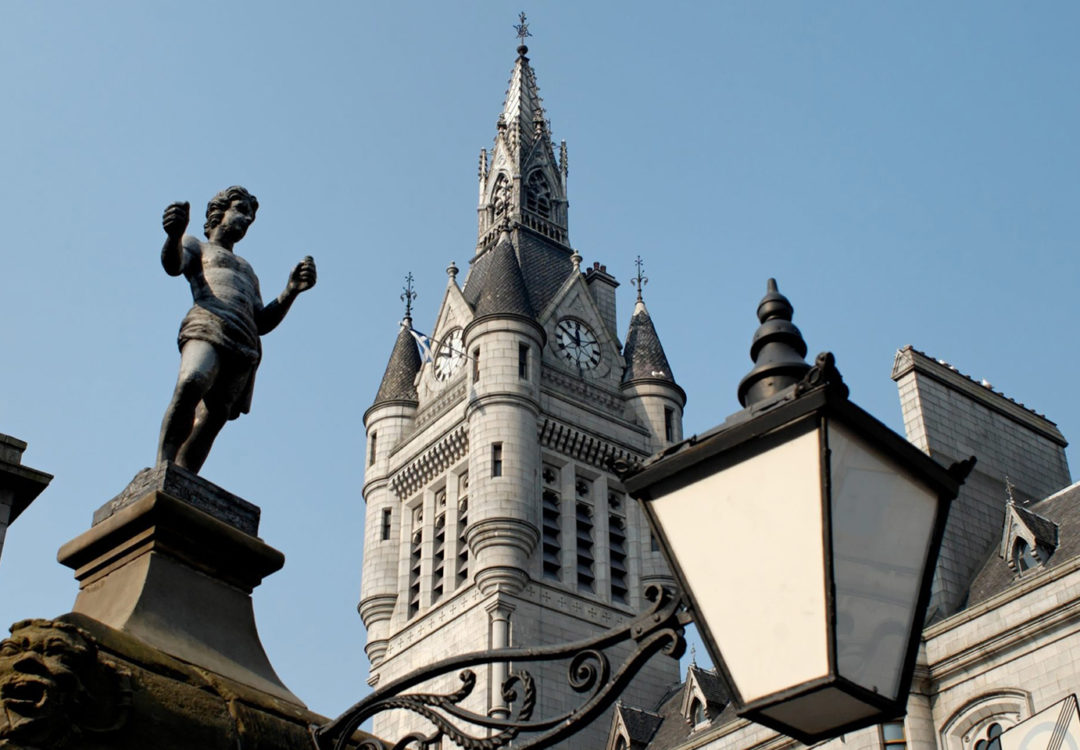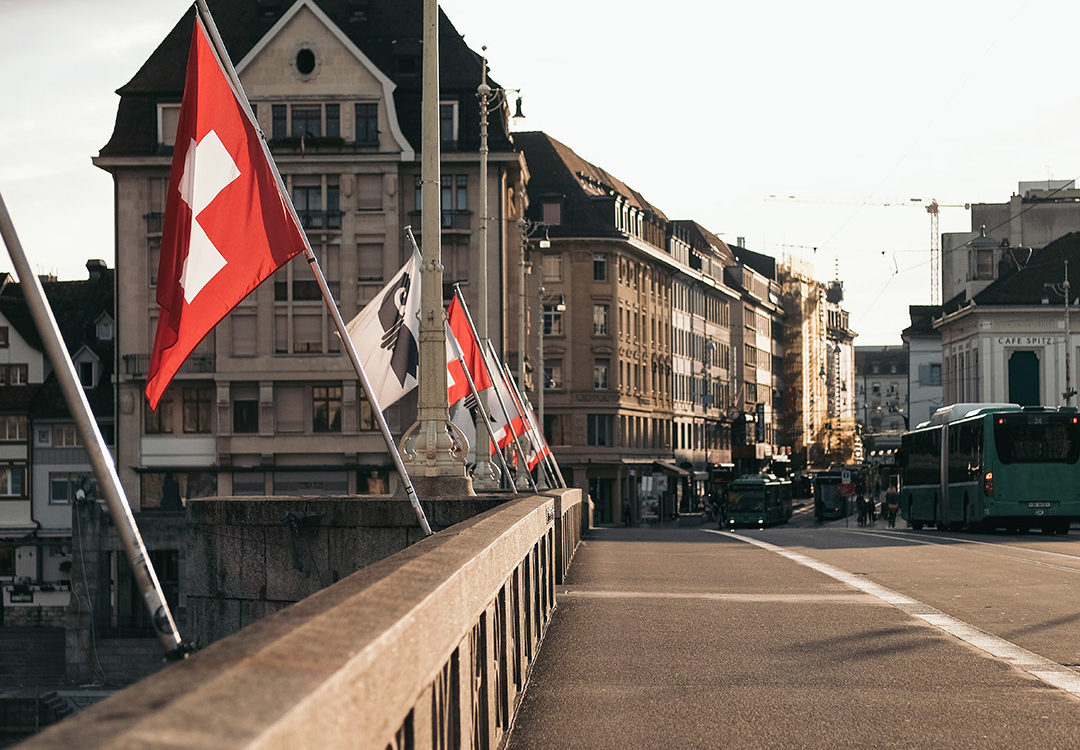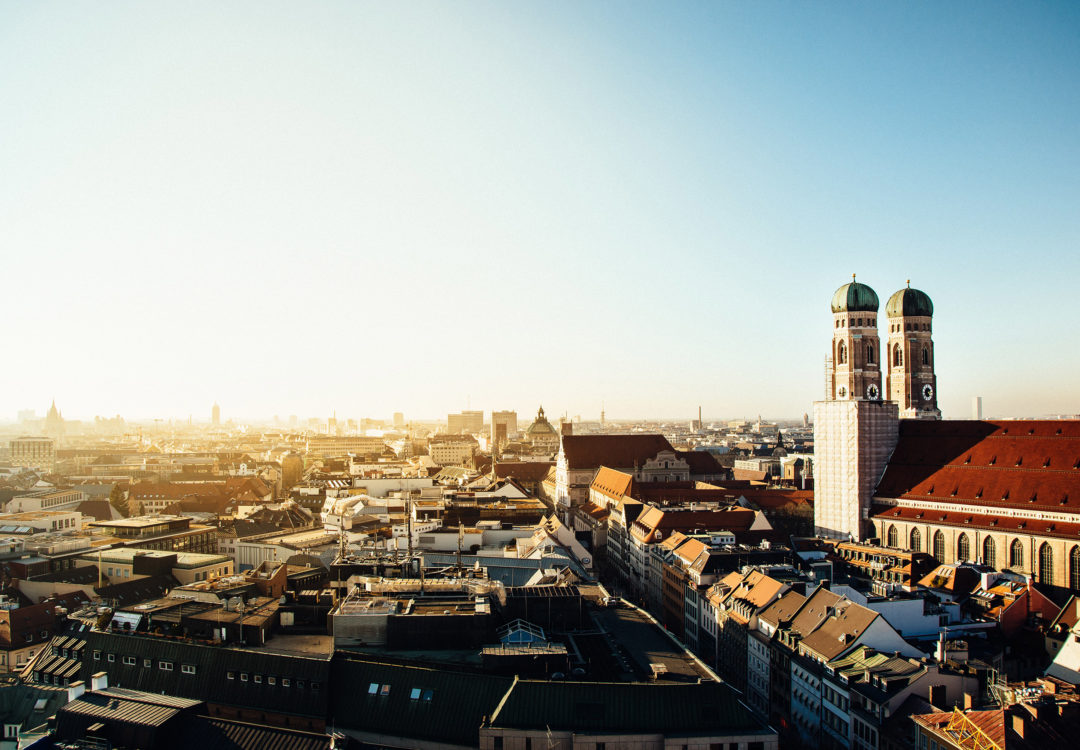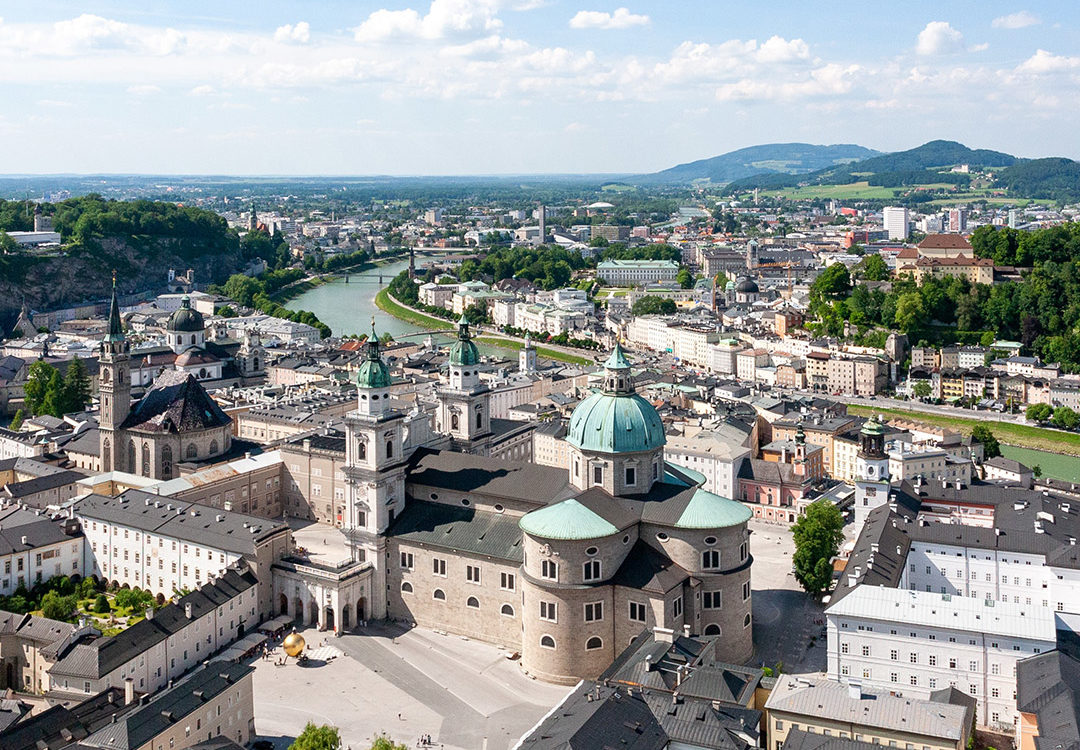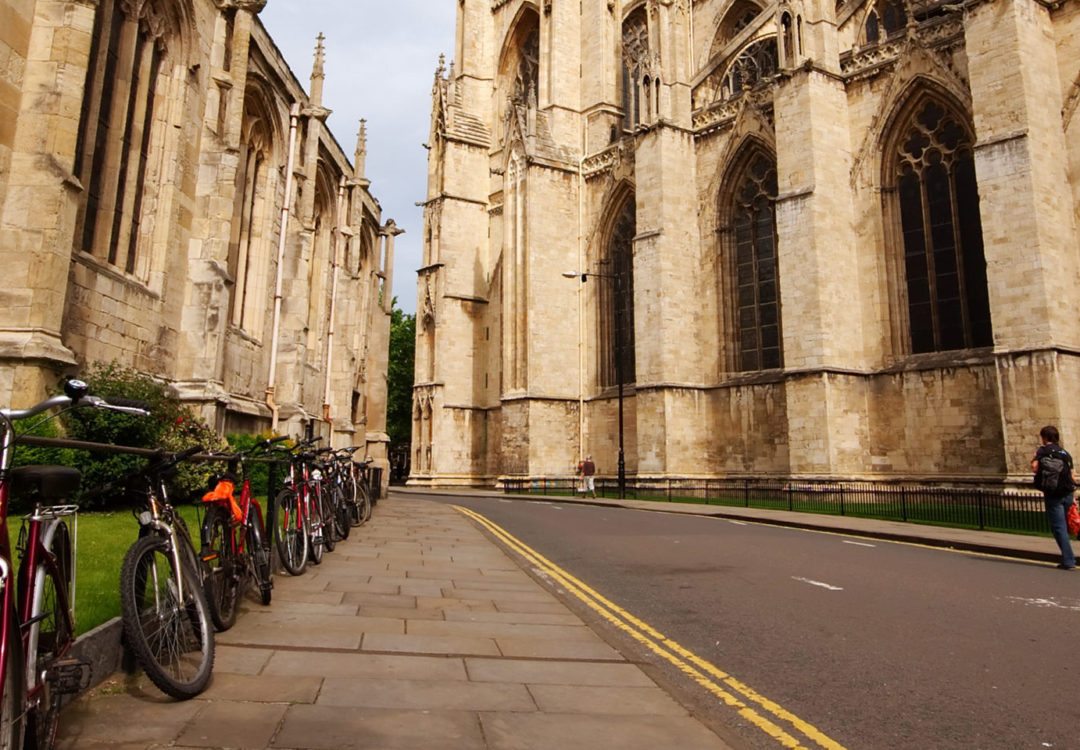Blogs
IP Ingredients, Part 17: How to patent food as medicine
July 2024
Based on the increasing recognition of the role of food and nutrition in health, the current “food as medicine” movement encompasses a range of food-based interventions for the prevention, management and treatment of illnesses, from nutrient-dense food compositions to personalized nutrition programmes, such as ZOE.
One UK company looking to capitalize on growth in this area is SmarterNaturally (a spin-out of the Quadram Institute and Plant Bioscience Limited, previously known as The Smarter Food Company), which was founded in 2018 with the aim of developing foods with health benefits. The company’s first product is a “super-soup” made from a new variety of broccoli that contains high levels of the compound glucoraphanin, which is said to lower blood glucose and may therefore be beneficial to those at risk of type 2 diabetes. With 500,000 sales in its first full year of trading, SmarterNaturally’s soup seems to have struck a chord with consumers by offering tangible health benefits in a form that is perceived as more palatable and “natural” than traditional medicines.
As the therapeutic use of food grows in popularity, it will be important for companies launching products in this area to ring-fence their innovations by putting suitable IP protection in place. A variety of different patent claims may be obtained, depending on the type of product, what is already known in the prior art, and the jurisdiction in which protection is sought.
As we discussed in Part 1 of this series, patent protection can be obtained for a food or beverage composition which is novel and inventive (i.e. non-obvious) over known compositions. Novelty may be conferred by a new combination of ingredients, or by a known combination of ingredients present in a new ratio. The hurdle of inventive step may be met if the novel combination or ratio confers an unexpected benefit, such as a therapeutic effect. For example, granted European patent EP3595632B1 claims a composition comprising turmeric, other plant extracts and omega-3 or omega-6, which may be formulated as a food product, supplement or nutraceutical. The composition is said to be useful for treating symptoms associated with endometriosis, although the scope of patent protection is not limited to this use.
In some countries, notably the US, patent claims can be obtained for methods of medical treatment. Last year Nestlé was awarded a US patent (US11541031B2) for a method of treating or preventing eosinophilic gastrointestinal disorders by administering a composition comprising a cocoa polyphenol and a fermentable dietary fibre. According to the patent, the combination of cocoa extract and soluble dietary fibres is particularly effective in reducing the number of mast cells generated in response to an allergen.
In Europe, methods of medical treatment are excluded from patent protection so that medical professionals are free to act without being concerned about constraints imposed on them by patents granted for methods of surgery or therapy. However, the European Patent Convention (EPC) instead allows the protection of known substances or compositions for use as medicines, provided that their medical use has not previously been disclosed or suggested in the prior art. For example, the Nestlé US patent mentioned above has also been granted in Europe as EP3383379B1. Since the method of treatment cannot be claimed in Europe, the European patent instead claims the composition “for use in” the prevention or treatment of an eosinophilic gastrointestinal disorder and other conditions. This type of claim format, known as a “second medical use claim”, is a purpose-limited product claim and thus protects the composition, rather than a method of using it.
A second medical use claim has been used to protect the soup marketed by SmarterNaturally in Europe. European patent EP3313425B1, in the name of Plant Bioscience Limited, claims a composition comprising glucophanin for use in reducing fasting serum glucose levels in pre-diabetic subjects and/or preventing diabetes mellitus.
It can therefore be seen that European-style medical use claims are applicable to not only pharmaceuticals, but also to food and beverage compositions that have a therapeutic effect. This is clearly beneficial because it allows companies who have discovered a new medical use of a food composition to gain the benefit of patent protection, even if the food composition itself was previously known.
However, in order for food compositions to be claimed using the “composition for use” format in Europe, the stated use must be therapeutic – in other words, it must relate to the curative or prophylactic treatment of a pathological condition.
This has been confirmed by a recent decision of the European Patent Office’s Board of Appeal revoking European patent no. EP3361885 in the name of N.V. Nutricia, which was opposed by Nestlé (decision T 0851/22). The patent claim in question was directed to an infant formula comprising lipid globules having specific characteristics, the formula being further defined as “for use in promoting a postnatal growth trajectory or body development in an infant towards a growth trajectory or body development which is similar to the growth trajectory or body development observed in human milk fed infants.”
In line with previous decisions, the Board found that feeding an infant with formula in order to provide nourishment and promote normal growth is not therapeutic. It further noted that infant formulas are marketed in a non-medical, commercial environment, and their use is the caregivers’ responsibility rather than being considered a medical intervention undertaken by medical professionals. Accordingly, the use of infant formulas does not qualify as a medical use under the EPC.
Since the use stated in the patent claim was found not to limit the claim scope, and since infant formulas containing lipid globules having the specific characteristics claimed were known from the prior art, the claim was found to lack novelty. The patent was therefore revoked.
In summary, European second medical use claims provide a useful way for manufacturers to protect food and beverage compositions which provide a therapeutic benefit, even if the composition itself would not pass the novelty and/or inventive step threshold. However, compositions that are used for normal, non-therapeutic nourishment cannot rely on this claim format, and must be novel and inventive in their own right in order to be patentable. As such, if there is any doubt over whether the use of a food or beverage composition would qualify as medical use, it is advisable to also try to seek protection for the composition per se, and potentially its method of manufacture, including as many details of the composition/method as possible in an application that may help to confer novelty and inventiveness over the prior art.
For any questions relating to the above, please contact the author, Jennifer Bailey jbailey@hgf.com.
This article was prepared by Partner and Patent Attorney Dr Jennifer Bailey


